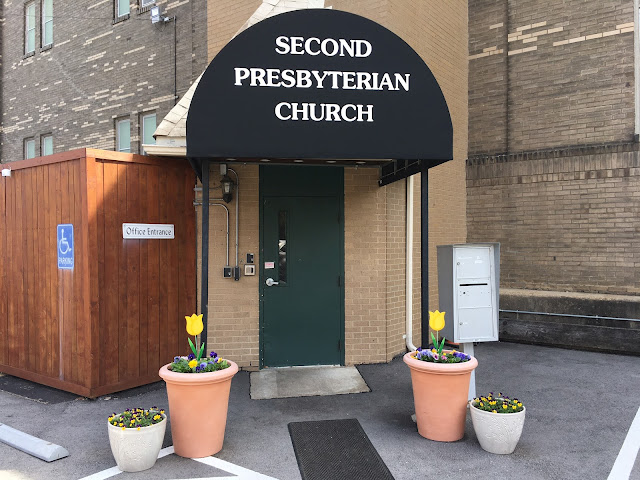Speak, Lord. Your servant is listening

Mike Willock writes: At Second Church earlier this month the preaching text came from 1 Samuel 3, the call of Samuel. It’s a good story: The boy Samuel is serving in the house of the Lord under the old priest Eli at a time when the word of the Lord is rare in the land of Israel. When the lamp of God had not yet gone out, the Lord calls Samuel by name. Samuel runs to Eli, who says, “I did not call you. Go lie down.” When the call comes a third time, Eli realizes God is calling Samuel and tells Samuel to respond, “Speak, Lord . Your servant is listening.” “Speak, Lord . Your servant is listening”. Just six words, but they 1) confirm the relationship between God and Samuel, 2) affirm with conviction that God is still speaking, and 3) that Samuel is ready and willing and waiting to receive and do the word of God. As reformed Presbyterians we know that God still speaks to those who have ears to hear by the power of Holy Spirit, and that God calls us to live out God’s word in love among...




